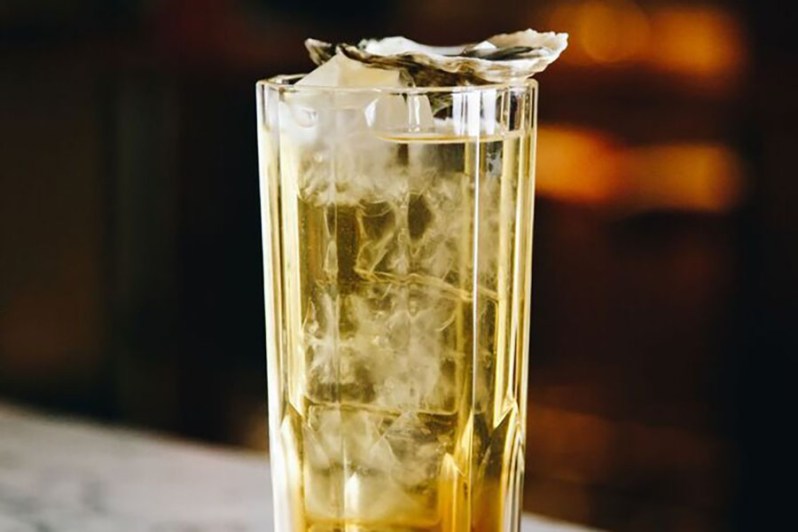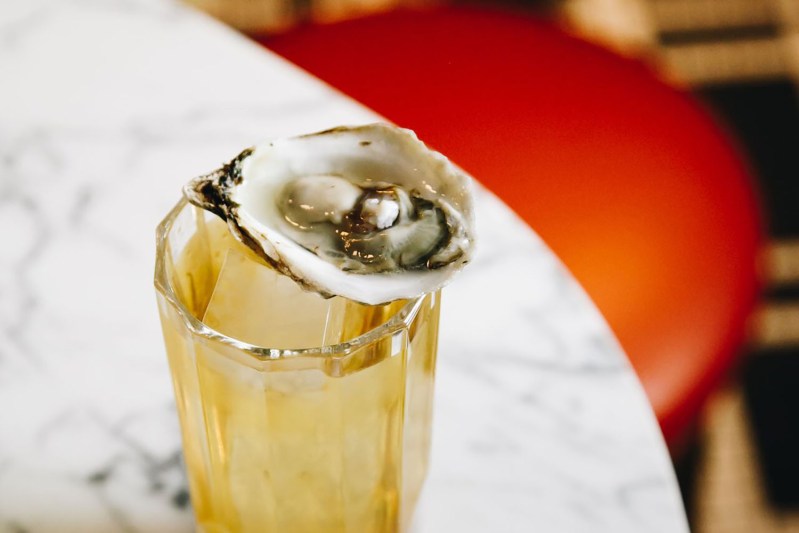When you say the words Bloody Mary, two things probably come to mind. First, there’s the legend (or young adult game) that calls for invoking the name Bloody Mary while staring into a mirror. The image that appears will either a) scare the crap out of you or b) tell you the future. If you’re hoping for the future-telling, then you’re engaging in what’s known as catoptromancy, or divination using a mirror. (How’s that for a $10-word?)
The second, and arguably more popular iteration of Bloody Mary, is the tomato-based drink that we love here at The Manual. Great at brunch and as a means of staving off a hangover, if even for a little while, the drink has been around for decades thanks to its mix of boozy and savory elements. Plus, the fact that people can literally put whole fried chickens on top of them make them a source of endless joy.
Bloody Marys, like Arnold of Hey Arnold! fame, are also distinctive when served thanks to their main ingredient. You can spot a Bloody from across the bar just by one ingredient, signaling immediately that you are in a safe space, a place where you can tend to your wounds all while eating avocado toast and smoked salmon.
But what if we told you that one bar is flipping the script on the Bloody Mary by making it clear? Not only are they making it clear, but they’re also making it in a sustainable way.

Mind blown, right?
At The 18th Room, a new speakeasy in New York City by Dave Oz (who created the cocktail bar Bathub Gin, also in NYC), they are doing just that with a drink on their menu they are calling Quite Contrary, which is a Bloody Mary that uses clarified tomato juice as the base of the brunch hit (which, when you see it, looks like anything but that first glass of water you pound down at brunch when you’re dehydrated but still want to indulge in the finer things in life).
The Quite Contrary, which was created by The 18th Room’s bar director, Joseph Boroski, is part of an entire line of “No Impact” cocktails. These eco-friendly drinks utilize up-cycled ingredients to diminish the amount of waste that the bar outputs on a nightly basis.
Seeing as the bar is named after the 18th Amendment, which ushered in Prohibition, all of the drinks, too, are callbacks to the
The twist for the Quite Contrary comes from the use of tomato water instead of tomato juice. Essentially, tomatoes are pureed, then the left to strain. The resulting liquid is clear tomato water. This forms the base of the drink, while some of the remaining tomato sauce that’s left behind is reused in the garnish (more on that in a second). The rest of the drink is made from vodka, bouillon, fresh lemon, soy sauce, horseradish, capers, celery salt, and black peppercorns. The bar serves the drink in a highball glass and tops it with a Maine oyster topped with a tiny bit of the aforementioned tomato sauce.

What results is as much an illusion as anything that Justin Willman does on Magic for Humans. In front of you, there is a transparent yellow drink (there are soy sauce and bouillon in it, after all) that looks more like a glass of flat ginger ale than a Bloody Mary. The moment you sip the Quite Contrary, though, you’re transported. The tomato is there, in a crisp and light way more akin to how flavor in a flavored sparkling water is tasted, followed by a slight brininess and a slew of other flavors. It’s hard not to chug it down in one or two large sips. No matter how much you stare at the drink, it doesn’t begin to make more sense.
It isn’t just this drink, though that helps the bar practice sustainability. Aside from using things like metal straws (“Sure, there are upfront costs for metal straws, but it works out in the long run,” according to Boroski), the bar works in tandem with the kitchen to use cuts of meat to fat wash spirits (for drinks like their banana daiquiri) while also using leftover popcorn to create a popcorn orgeat for another cocktail.
“Not only is [this approach to creating a bar] good for the environment, but it saves you money,” Boroski says.
Whether you’re an environmentalist or not, it’s worth checking out The 18th Room the next time you’re in NYC, for if nothing else than to stare at a clear drink and try and convince your mind you’re about to drink a Bloody Mary.



